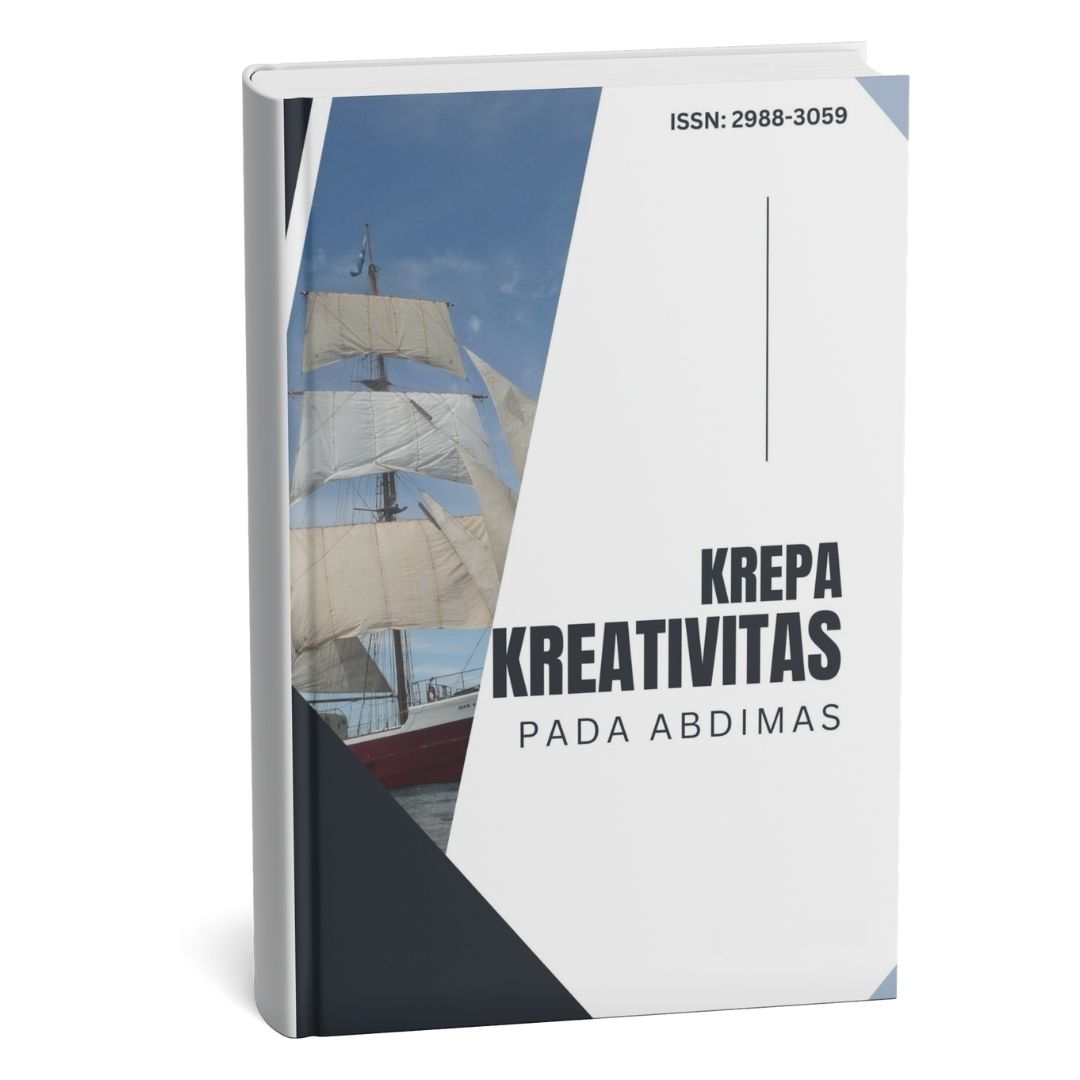PEMANFAATAN BAHAN BEKAS (PIPA DAN KAYU) DALAM PRODUKSI LAMPU HIAS RAMAH LINGKUNGAN
DOI:
https://doi.org/10.34743/qfht9v92Keywords:
Recycling, Used Pipes, Standing Lamp, Creative ProductAbstract
The issue of inorganic waste, particularly used pipes from construction activities, has become a serious environmental concern due to its non-biodegradable nature and potential to cause pollution. One creative and eco-friendly solution is recycling these used pipes into functional products with aesthetic and economic value. This task aims to describe the process of creating a standing lamp from recycled pipes using a sustainable product design approach. The research method applied is Participatory Action Research (PAR), where participants are directly involved in the stages of design, fabrication, and evaluation. The production process includes planning the design, selecting and processing materials (used pipes, lamp fittings, electrical wiring), assembling the structure, installing the electrical system, and finishing. The resulting product is a standing lamp with a unique industrial-style design that is stable, functional, and visually appealing.
References
Putra, D. A. (2020). Manajemen Sampah Rumah Tangga. Yogyakarta: Deepublish.
Wulandari, N. (2019). Pemanfaatan Limbah Plastik dalam Kerajinan Tangan. Jakarta: Erlangga.
Santosa, B. (2021). “Kreativitas Produk dari Limbah Plastik”. Jurnal Ilmu Lingkungan, 15(2), 123-130.
Kementerian Lingkungan Hidup dan Kehutanan. (2020). Pedoman Pengelolaan Sampah Plastik. Jakarta: KLHK.
Suryani, T. (2020). Pengelolaan Sampah dan Daur Ulang. Bandung: Alfabeta.
Ramadhan, Y. (2019). “Pemanfaatan Limbah Konstruksi Sebagai Produk Inovatif”. Jurnal Rekayasa Lingkungan, 14(2), 87–93.
Ananda, R. (2022). “Desain Produk Estetika dari Barang Bekas”. Jurnal Desain Interior dan Lingkungan Binaan, 10(1), 45–51.
Kementerian PUPR. (2021). Pedoman Pengelolaan Limbah Bangunan dan Konstruksi. Jakarta: Direktorat Cipta Karya.
Downloads
Published
Issue
Section
License
This work is licensed under a Creative Commons Attribution-ShareAlike 4.0 International License.











